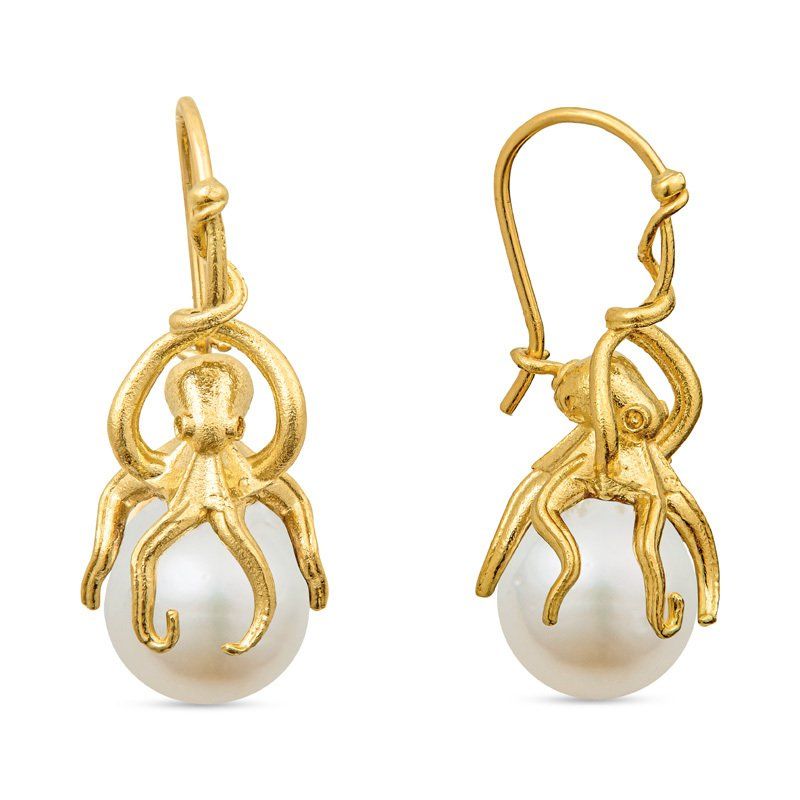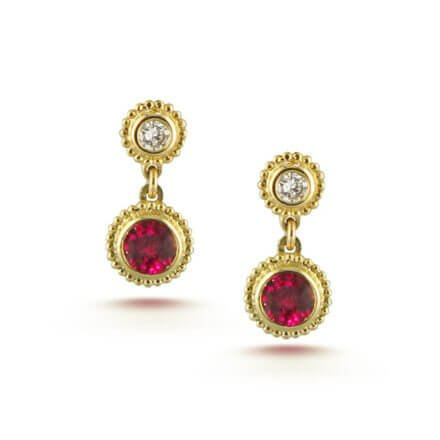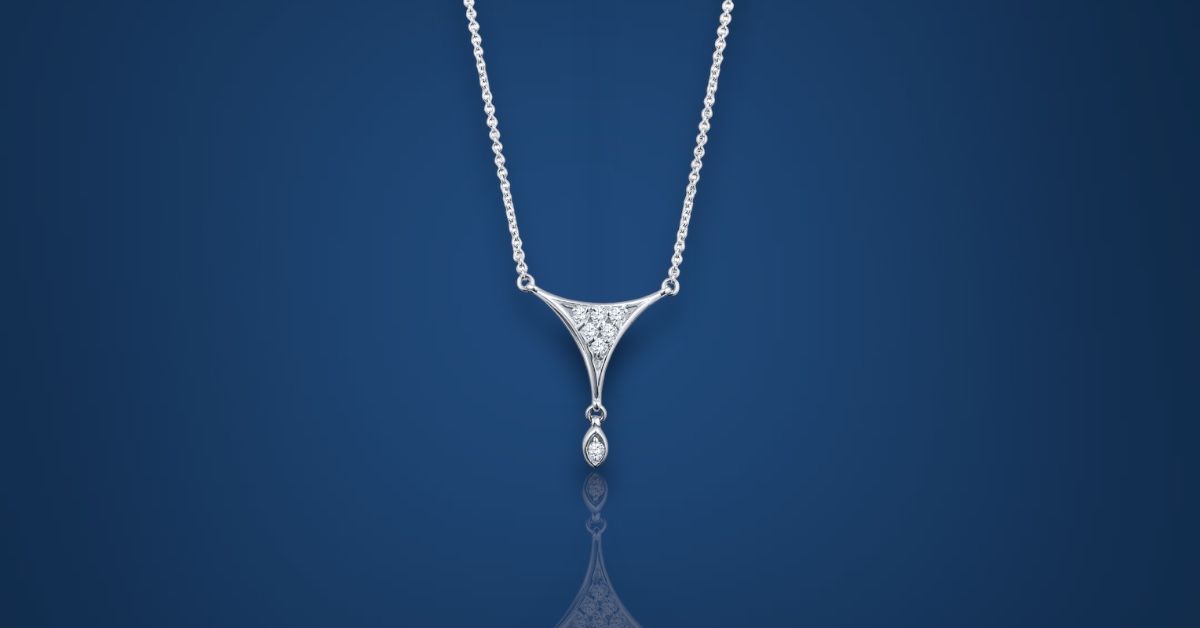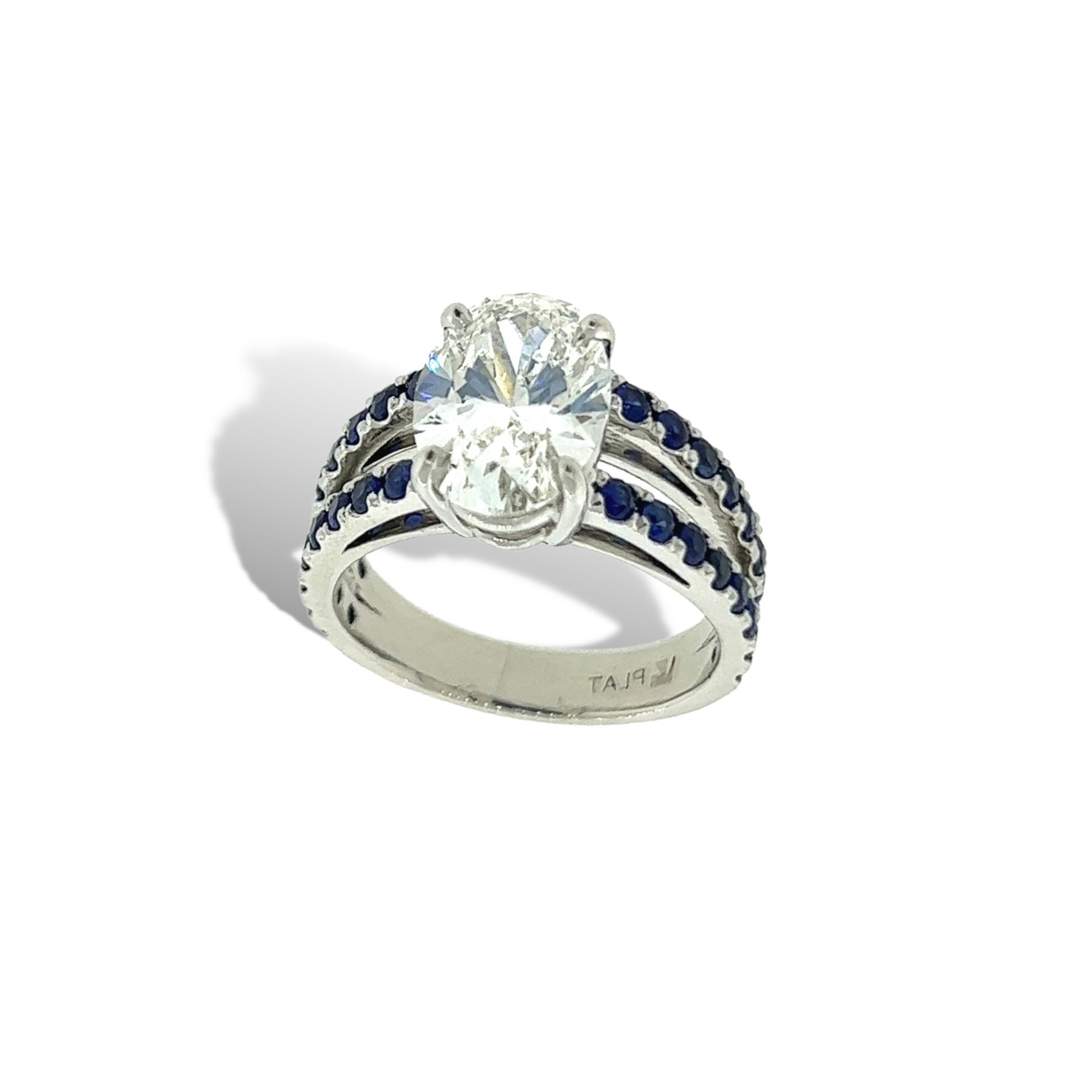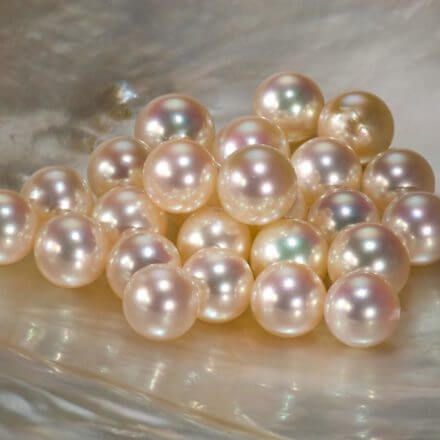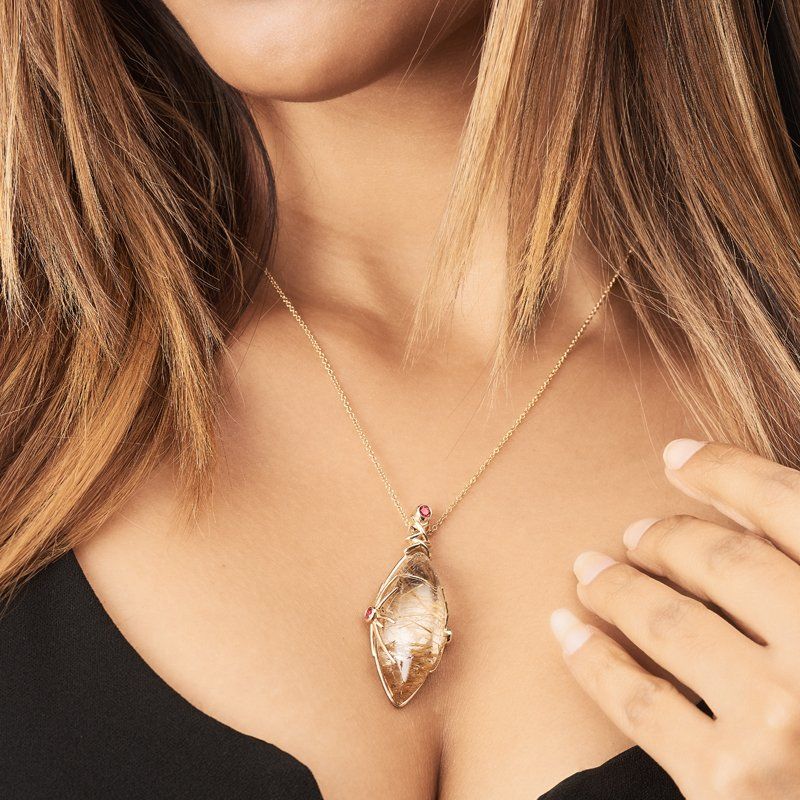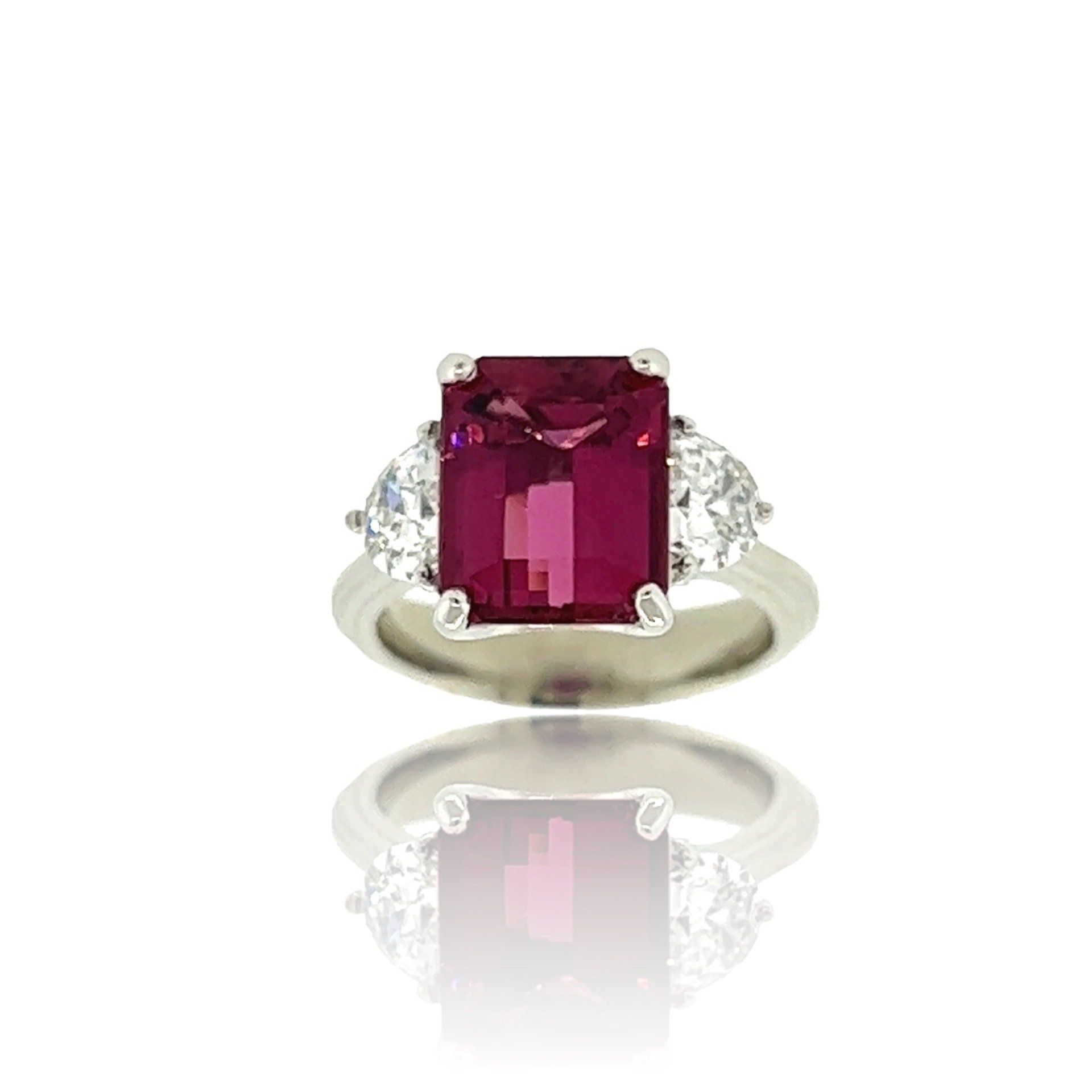Introducing Art Wells, Sculptor
ARTIST’S STATEMENT
Fine art is food for the soul, and I strive to create something nourishing. I want my work to serve a purpose. That purpose is to enhance peoples’ lives, to make them brighter, stronger and happier.
My passion is the human figure.
Carving a convincing realistic figure in stone seems to be becoming a lost art and it is my goal to keep this art form alive, through my work and through my teaching.
Please watch this short 5 minute video showing Art sculpting: https://m.youtube.com/watch?v=QWagSWXqskw

December issue of Southwest Art magazine
BIOGRAPHY
Art’s philosophy regarding artwork is, “Fine art is food for the soul, and I strive to create something nourishing.”
Creativity is within Art’s soul. His first love was music. He started taking drum lessons at eight years old and this love for music grew. In 1974 he was accepted to study at Berklee College of Music in Boston, Massachusetts. After graduating Cum Laude from Berklee in 1978, he moved back to Las Vegas with his wife Virginia. From 1979 through 1993 Art worked as a professional musician on the Las Vegas Strip, playing drums for some of the top entertainers in the world.
In 1993, while observing the installation of a nude female torso carved out of pink alabaster, Art discovered a new expression for his creativity. He began studying and found inspiration from the beautiful nude statues proudly displayed in the finest museums in America and around the world. He even traveled to many American cities, including our nation’s capital to view the nude and semi-nude marble pieces displayed in public areas. He discovered that since classical antiquity the nude female carved in stone has been looked upon as a symbol not only of beauty, but truth and innocence as well.
Being self-taught, Art started to compile a personal library of books to study the masters of stone carving. Michelangelo, Bernini, Canova, Houdan and Rodin are his major sources of inspiration. He also consulted with the few living realistic figurative stone carvers he could find in America.
Now, Art’s marble portraits and figures are considered by his peers to be world class. His works are held in private and corporate collections throughout the U.S., and abroad. Plus, his life size marble “Creation of Eve” was on exhibit in the Las Vegas Art Museum for 2 ½ years.
In 2003, Art and his wife Virginia moved to Vermont, where he went to work carving cemetery monuments in the studio of Eric Oberg. In 2004, with the slow down in the monument industry, Art and Virginia decided to re-locate to Dallas, TX.
Soon after arriving, Art was asked to become a sculpting instructor at the Creative Arts Center of Dallas.
Aside from teaching figurative clay sculpting, he is now the head of the stone sculpture department. At this point in his life Art says, “Figurative stone sculpture is becoming a lost art. There are only a handful of people who are capable of producing beautiful realistic figurative stone sculpture and I continually strive to be one of them.”
2015 brought about a new addition to Art’s genre. He has taken his sculptural talent and applied it to luxury home décor. The Art Wells Collection includes hand-carved one-of-a-kind stone bowls, baskets, vases, lamps and roses. Each of these pieces are truly a work of fine art.
Art has been sculpting, exhibiting, and selling his artwork in numerous galleries and juried shows throughout the United States. It is that hunger deep inside to create something beautiful, nourishing, and nurturing that compels him to sculpt on a daily basis.
Please visit his website: www.Artsculpts.com
The post Introducing Art Wells, Sculptor appeared first on Official Jewelry By Design Website.
